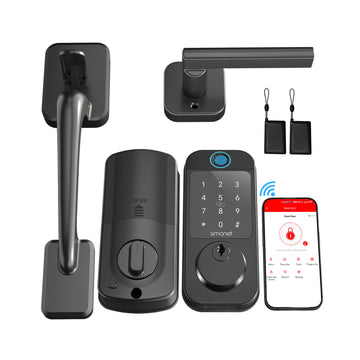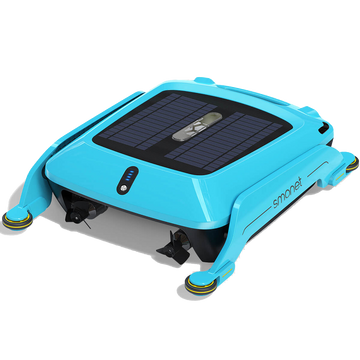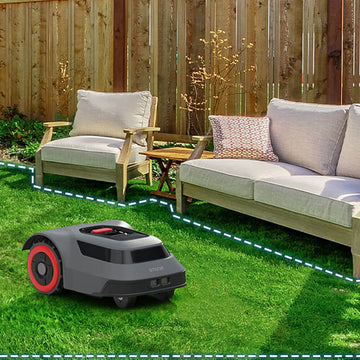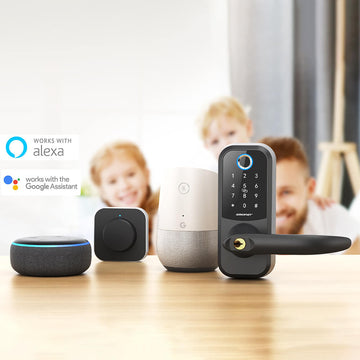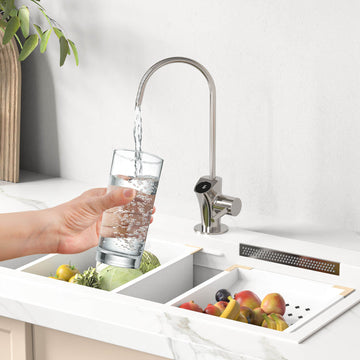With the advent of video doorbells, the age-old query of "Who's there?" becomes obsolete. These innovative devices allow you to remotely answer your door from any corner of the globe using their mobile applications, enabling you to interact with visitors as if you were physically present. While video doorbells, also known as doorbell cameras, represent a relatively recent addition to the realm of security technology compared to traditional surveillance cameras, their popularity is on the rise. However, the question remains: How does one select the most suitable option? Our team rigorously tests doorbell cameras to ensure their superior quality, and we are delighted to share our expertise with you here.

1. What does a Video Doorbell Do?
Video doorbells represent a sophisticated fusion of traditional doorbells with cutting-edge camera technology, serving as a formidable defense against package theft and intrusions into your sanctuary. These devices come in two variants: the wireless, battery-powered models or those seamlessly integrated into your existing doorbell system. By harnessing the power of these devices, you can effortlessly receive alerts on any activity, engage in seamless two-way communication with visitors, and stream live video feeds directly to your smartphone.
2. Why do People Have Video Doorbells?
While it is impossible to be present at home throughout the day to deter potential intruders, the advent of video doorbells offers a practical solution. These innovative devices create the illusion of occupancy even when you are away, enabling you to welcome guests at your doorstep remotely, courtesy of an Internet connection. This feature proves invaluable, particularly considering that most burglaries occur during the daytime, between 10 AM and 3 PM, when residences are typically unattended. Picture this scenario: a burglar observes a house with an empty driveway and no signs of activity during daylight hours. They approach the door, seeking confirmation. Yet, instead of encountering silence, they hear a voice from within, inquiring, "Hello, who is this? I'm upstairs." In such a scenario, the likelihood of selecting that particular home for a burglary diminishes significantly.
Furthermore, video doorbells, exemplified by the Lorex Video Doorbell showcased above, introduce a new level of convenience into our lives. No longer do we need to hastily descend the stairs upon hearing the doorbell ring, only to discover a persistent door-to-door salesperson. Instead, we can effortlessly monitor visitors via our mobile applications or smart displays, granting access to familiar faces by remotely unlocking our smart locks—an ingenious application of the Internet of Things. This seamless process proves especially beneficial when we find ourselves distanced from the front door or nestled in the comfort of our beds. After all, why rise when technology affords us the luxury of remaining at ease?
Moreover, video doorbells serve as a formidable deterrent against package theft, a prevalent and exasperating issue for homeowners and tenants alike. According to Security.org's porch piracy survey, a staggering 40 percent of Americans report falling victim to package theft. However, with the aid of video doorbells, we receive instant notifications upon package delivery, directing couriers to secure hiding spots. In the unfortunate event of a theft attempt, we promptly receive alerts and can engage with potential perpetrators via the doorbell camera's speakers. But the discussion on combating package theft warrants further exploration.

3. Does a Video Doorbell Need Wi-Fi?
For those seeking to stream real-time footage and receive motion-triggered alerts, the majority of doorbell cameras necessitate a Wi-Fi connection. Conversely, individuals content with accessing locally stored recordings post-event may opt for a device that operates independently of Internet connectivity.
4. How Do Doorbell Cameras Work?
Doorbell cameras function akin to security cameras, capturing both visual and auditory data, whether in the light of day or under the cloak of night facilitated by infrared LED sensors or a luminous spotlight. This multimedia content is then stored either locally within an integrated micro-SD card or remotely within a cloud server. Upon detecting a visitor's approach, the device identifies the motion and promptly notifies the user via their mobile application, typically leveraging a Wi-Fi connection. Notably, certain video doorbells offer cellular or landline backup options, ensuring communication continuity by interfacing with cellular towers or telephone lines that remain operational during power disruptions. Some advanced cameras employ artificial intelligence algorithms to discern human figures from other moving entities; conversely, in the absence of such sophistication, the camera may trigger notifications for any detected motion, potentially inundating the user with superfluous alerts.
5. Are there any Smart Locks with Video Doorbells?
In your quest for the most feature-rich smart lock integrated with a doorbell, the Hornbill T1 Video Smart Lock stands out as a pinnacle of innovation. This cutting-edge lock seamlessly combines a camera, ring doorbell, fingerprint keyless entry keypad, built-in WiFi deadbolt for your front door, and an array of advanced features.
The Hornbill Video Smart Lock presents an impressive suite of capabilities, including a built-in Wi-Fi connection, a high-definition 2K camera, a doorbell, two-way audio communication, PIR motion detection, night vision functionality, app-based remote control, fingerprint access, auto lock feature, and an IP65 weatherproof rating.
With its 10-in-1 integration, the Hornbill T1 offers a comprehensive solution to elevate your home security standards. From the exceptional 2K HD camera and doorbell to Bluetooth connectivity, built-in Wi-Fi enabling remote control via the app, two-way audio communication, fingerprint access, PIR motion detection, auto lock mechanism, rechargeable batteries, IC card compatibility, and physical keys, this smart lock epitomizes sophistication.
The built-in Wi-Fi feature (2.4G only, no hub required) empowers you to monitor your front door remotely through the app. Unlock or lock the door effortlessly using the app, and effortlessly generate and share one-time or customized codes with visitors, regardless of your location.
The Hornbill T1's 2K video clarity and two-way audio capabilities ensure crystal-clear visibility and communication up to 5 meters during nighttime hours. The intelligent ring doorbell function notifies you via the app when visitors ring the doorbell on the keypad, enabling live video conversations and remote door unlocking when necessary.
Moreover, the PIR motion detection functionality of the Hornbill T1 swiftly identifies human motion near your front door, sending real-time notifications to the app, thereby enhancing your home security measures.
Crafted to endure harsh conditions, the Hornbill video smart lock operates seamlessly in temperatures ranging from -25°C to 70°C and boasts an IP65 weatherproof certification. Designed to fit US Standard left and right-hand doors with thicknesses of 1.5''-1.89'' (38-48 mm) and backsets of 2-3/8″ (60 mm) or 2-3/4″ (70 mm).
For added assurance, the Hornbill T1 is equipped with two rechargeable 2500 mAh batteries (totaling 5000 mAh), offering up to 120 days of usage on a single full charge (based on 10 openings per day).

Conclusion
In conclusion, the evolution of video doorbells has revolutionized home security and convenience, offering a seamless blend of technology and functionality. These innovative devices not only provide a sense of security by allowing remote monitoring and communication with visitors but also serve as a powerful deterrent against package theft and intrusions. With the integration of smart locks like the Hornbill T1 Video Smart Door Lock, homeowners can elevate their security standards to new heights, enjoying a comprehensive solution that combines cutting-edge features with ease of use.

